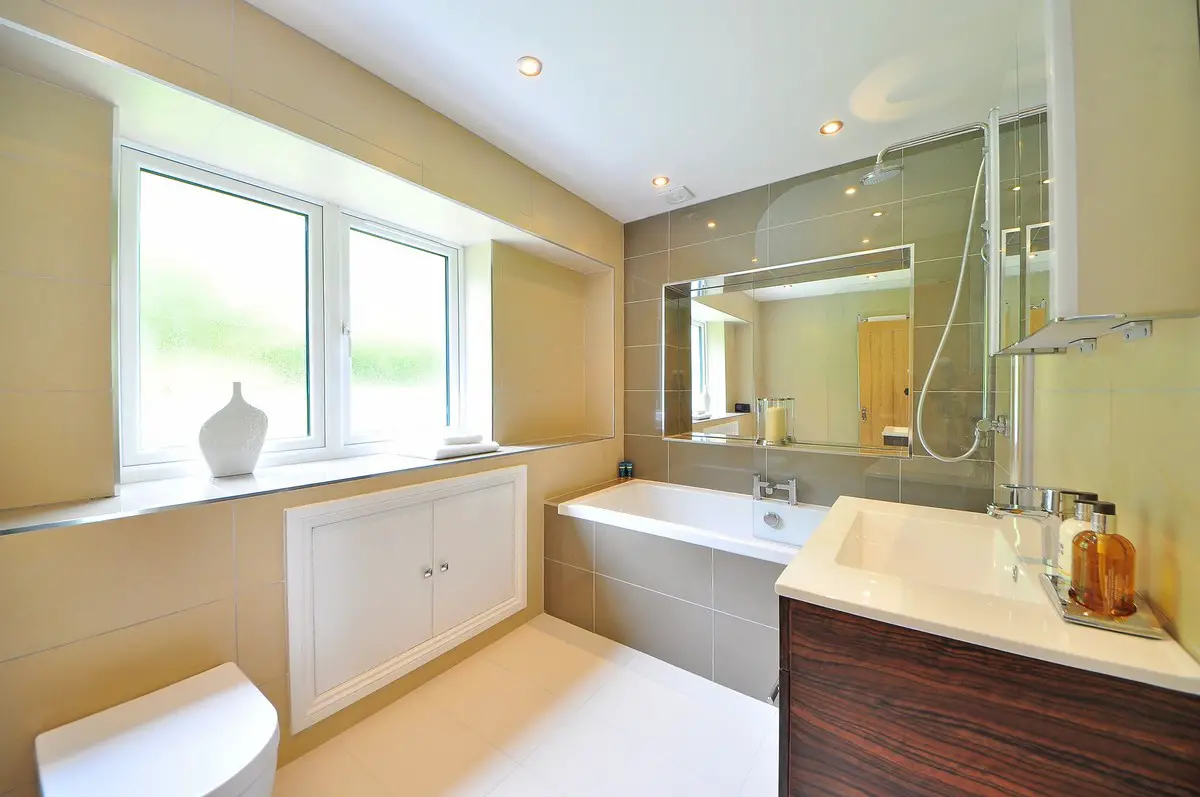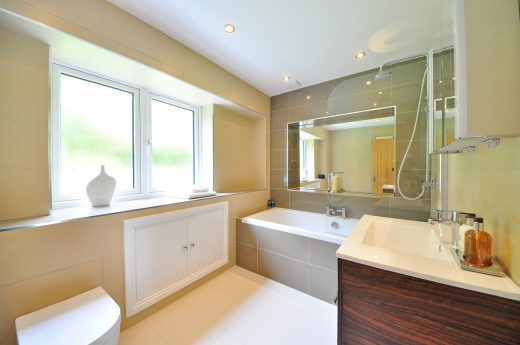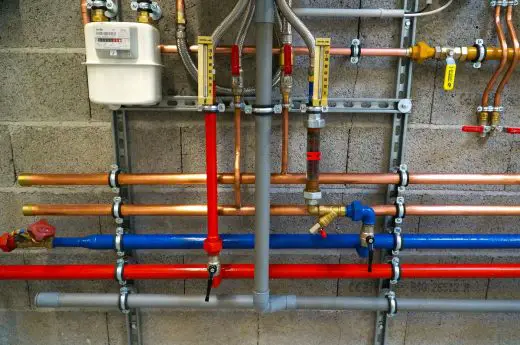Practical tips for architects when designing plumbing systems guide, House maintenance tips, Home drainage advice
Practical Tips for Architects When Designing Plumbing Systems
3 February 2022
There needs to be a good synergy between the architectural and plumbing system designs. Good design translates to cheaper installation costs. It may make for a more efficient plumbing system, and even mitigate common plumbing issues down the line. When an architect considers the design of the plumbing system, they can even anticipate future needs, minimizing disruptions during upgrades and remodels. So, which tips should plumbers keep in mind when designing plumbing systems?
Design for two systems
The first thing to keep in mind is that the design targets two separate plumbing systems. First, we have the water supply to the house. It may carry potable or non-potable water, or include provisions for the installation of a hard water softener. The source of the water may be considered too. It’s not in all cases that the home may be getting its water from the public water supply. It may be necessary to install a water line from a well.
The second system is the drain system that carries away grey water or black water from the house. It’s also essential to pay attention to the sewer design, where the best practice is to take advantage of gravity flow. It’s equally important to plan for drain cleaning services to maintain the efficiency and longevity of your plumbing systems. Regular maintenance can prevent costly backups and ensure smooth operation of your home’s drainage infrastructure.
Energy & cost-efficient
A good architect should strive to adopt best practices that promote energy efficiency and reduction in costs of materials. For instance, it’s paramount to reduce the distance the hot water has to travel to reach its destination. In practice, it may entail locating bathrooms and kitchen areas near each other because they may have the heaviest hot water use.
Architects should also strive to come up with a cost-effective design. For instance, kitchens, bathrooms, and utility rooms may share adjacent wet walls, meaning they require less material during construction.
Adhering to building codes and regulations
Plumbing designs and installations need to be above code that’s why architects should learn about plumbing codes applicable to potable water supply, sanitary drainage systems, and stormwater drainage.
States typically choose the plumbing code to follow. For instance, Louisiana follows the International Plumbing Code (IPC) while California utilizes the 2000 Uniform Plumbing Code. Some areas may have local codes, and it helps to visit the local city hall to find out the applicable code in that jurisdiction. Getting this crucial step out of the way ensures that the design is sound and not subject to expensive changes later in the project.
Limit the need for plumbing fixtures, extensions, and connections
The choice of the layout and location of various bathrooms, toilets, and kitchens can have a role in the number of plumbing fixtures that are required and the connections. It’s always important to consider the layout of the pipes and ensure that adequate lengths are used without the need for many connections and joints. It’s also preferable if the pipes can run in straight lines devoid of many twists and turns. The pipe placement needs to be correct, for instance, ensuring that pipes are hidden away but still easily accessible. Pipes should not be scattered everywhere but preferably grouped together, also for accessibility. Local plumbers often cite that it’s preferable for pipes not to be buried inside the slab if possible.
Make allowances for future uses
Remodels to homes are quite common and most revolve around the bathroom and the kitchen. A smart design can accommodate future needs, for instance, allocating drain lines for the future placement of a sink in the middle of a kitchen island. You may also account for the fact that kitchens in the future may become relaxing areas, and consider pipe placements carefully to account for an easier transition to an open plan design.
Consider greywater reuse
Greywater can reduce the use of clean potable water for irrigation of the lawn and garden. The design can include provisions for the use of bath and laundry wastewater safe for plants. Note that not all jurisdictions permit the use of greywater; you may need to research and follow relevant guidelines. Blackwater from toilet flushes and the kitchen sink is typically not recommended for reuse.
Plan for outdoor water use
Fully equipped backyards are becoming the norm for many properties. They come with outdoor kitchens, fountains, pools, ponds, fountains, and other water features. Most homes also need an outdoor irrigation system for their lawns and gardens. Having the connections in place based on current or future homeowners’ needs may even make the home attractive to buyers.
Plan for emergencies
It is important to remember that things could go wrong even with the most robust plumbing system. Now, water supply systems always include shutoff valves. They should be placed in convenient areas, not in hard-to-reach crawl spaces.
Partner with a plumber during the planning stage
The way to design a sound plumbing system for the house may be to involve an actual plumber or have them go over the designs to pinpoint any issues they may experience during the installation. They can further advise on the best practices as they deal with plumbing challenges or accessibility first-hand.
Comments on this guide to practical tips for architects when designing plumbing systems article are welcome.
Plumber
Plumber Articles
How to Know If a Plumber is Good
How to Find the Right Sunshine Coast Plumber
Signs You Need to Call a Plumber
6 Reasons Why Your Toilet Is Clogged
Buildings
Residential Architecture Posts
Comments / photos for the Practical tips for architects when designing plumbing systems advice page welcome







